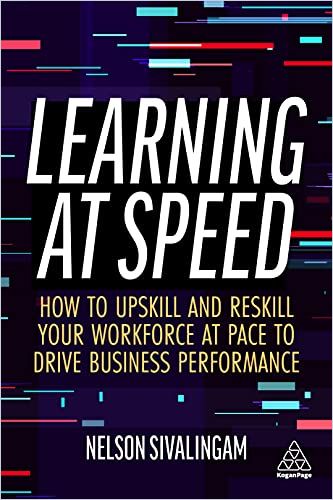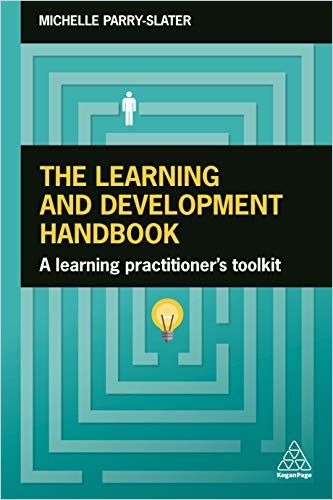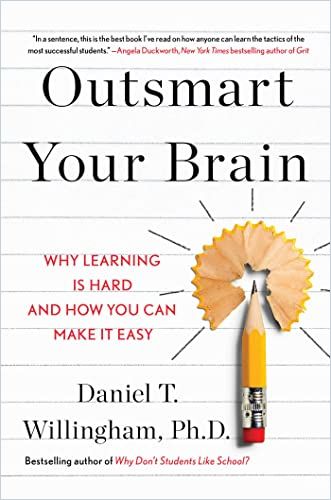Become A Learning Content Curator

No one can draw a blueprint for a one-size-fits-all, perfectly curated learning ecosystem. No two organizations face the same challenges and circumstances simultaneously. That’s why many organizations continue to rely on in-house productions and homegrown training materials to deliver learning content. Yet, as Nelson Sivalingam points out in Learning at Speed, today, organizations spend an average of $30,000 to create just one hour of original material for their purposes.
Yes, it might be tailor-made, but the outcome is not scalable in most cases and, therefore, won’t strike a chord with learners who try to stay ahead of the curve and demand ever-more agile upskilling setups. Last but not least, most home-grown productions are based on outdated learning science and are not up to date with the latest research.
I would estimate that 70% to 90% of current learning and development activities can be considered wasteful.
Katja Schipperheijn in Learning Ecosystems
So, finding and compiling existing quality content and curating it on a learning experience platform (LXP) will save time and money and make your organization’s learning scalable. L&D managers must determine and evaluate which LXP and content providers suit their company (excluding the most common engagement blockers and ditching popular learning misconceptions from the start ).
However, that’s only the beginning of their new work. In this article, you will learn how to deliver a tremendous curational experience by following simple best practices regarding your arrangements. Get started right away with the following reads laying the groundwork:
Then, apply the following three rules to become a successful content curator. Pay close attention to the blended-in expert takes on the subject as we asked for their insights and examples from everyday L&D curation and creation at successful organizations.
Rule 1: Start With Clear Learning Objectives
Before curating learning content, it is crucial to define clear learning objectives. They serve as a guiding framework for content selection, enabling you to focus on resources that meet the desired learning outcomes. „Our curators match the need of 280k Siemens learners with 133k learning resources in our Learning Ecosystem, knowing the target group very well and the corresponding learning objectives according to the categories: motivation, knowledge and skills,” says Sven Lehmann, Learning Ecosystem Caretaker for Siemens Global Learning and Growth.
Even though not all learning ecosystems are as large as this one, finding the right mix and match for your organization is crucial. Therefore, follow these principles:
- Understand desired learning outcomes, knowledge, or skills to acquire or develop.
- Connect learning to business strategy and critical objectives, and build your L&D strategy concerning that overarching business strategy.
- Only by having specific goals in mind can you curate content that directly aligns with those objectives, ensuring relevance and effectiveness.
Why would that make sense? Meredith Wellard, learning leader at DHL Group, explains:
The old one-size-fits-all model no longer applies, and today individuals need to receive learning in the flow of their work that is relevant to the work they do today or skills they need for tomorrow.
Meredith Wellard, VP Group Talent Acquisition, Learning and Growth at DHL Group
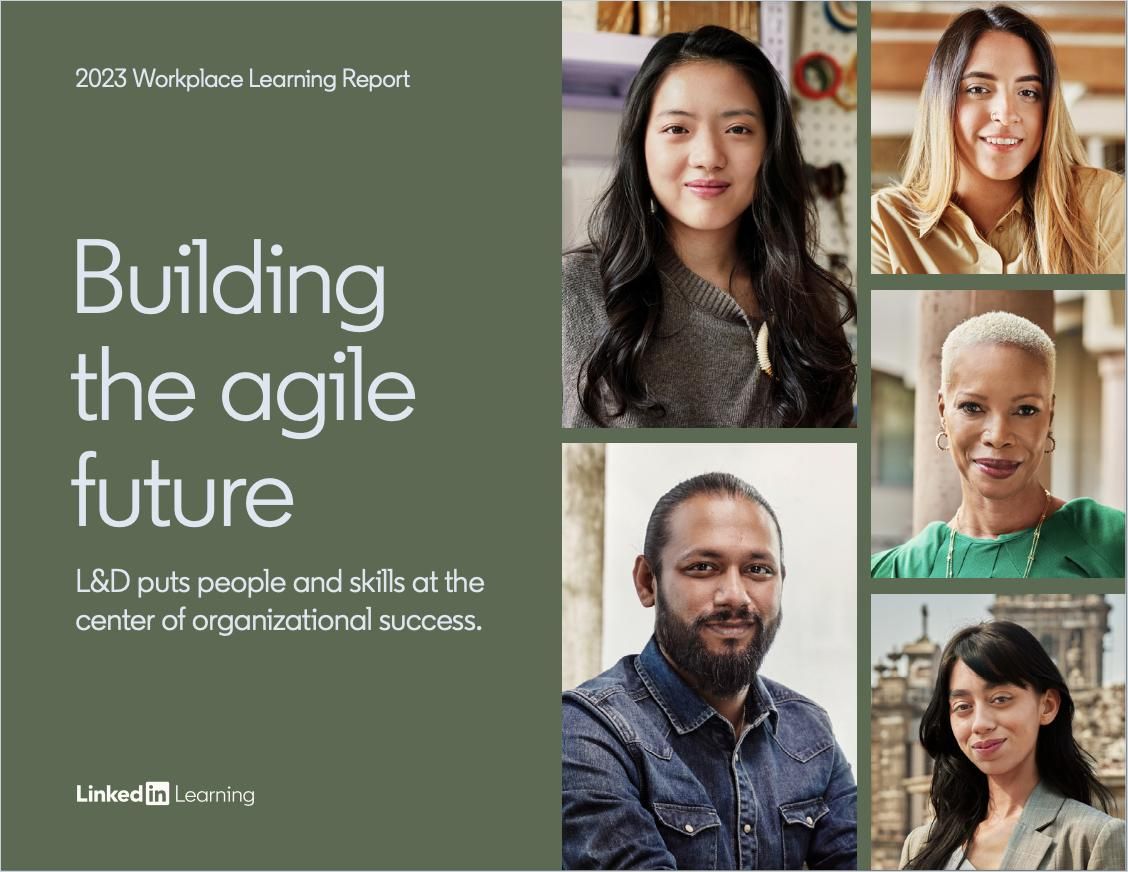
Find out how to analyze skills gaps, measure training success, and how to stay close to your learner’s needs in the following articles:
Rule 2: Quality Over Quantity
This has never been more important in a time where people have a finite amount of time and also where you’re competing with other exciting platforms. Learners are usually wondering how to make the best progress in their learning journey with the precious time they have.
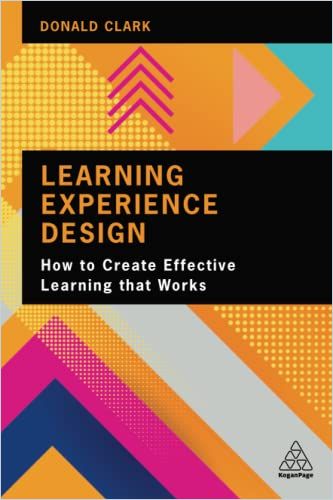
So, when curating learning content, prioritizing having a curated collection of high-quality resources is better than aiming for an overwhelming volume of mediocre ones. Don’t make it hard for learners to self-serve and find the gold gems of content that will develop their learning goals; instead, curate a range of diverse content that is as appropriate as possible so you can ‘hook’ the learner in.
To ensure that the content you select is accurate, up-to-date, and from reliable sources, follow the following steps:
- Evaluate the content creators’ or providers’ credibility, expertise, and reputation.
- Consider diverse formats like articles, videos, podcasts, or interactive modules to cater to different learning preferences and increase engagement.
- Regularly review and update the curated content to ensure its continued relevance and usefulness.
- Keep experimenting: The current learning content market – like learners – constantly evolves. Not everything touted as the latest craze turns out to be a learning blast – yet nowadays, a bookshelf in the basement shouldn’t be your (only) weapon of choice.
When it comes to curation in our Learning Ecosystem, we stick to the principle ‘Selection Creates Meaning.’
Sven Lehmann, Learning Ecosystem Caretaker for Siemens GLG
Gather more useful insights regarding engagement blockers in learning, new microlearning tools, the research behind them and future skills acquisition in the following articles:
Rule 3: Understand (and Cater to) the Target Audience
“Effective curation transcends mere resource selection; it’s about adding value and creating a narrative that resonates with your audience,” says Jasminka Skrlec, the Learning Engagement Lead at Diageo. And Meredith Wellard adds: “Today, employees are inundated with information, changes, new systems and skill demands and, of course, learning content. It is critical that we consider the needs of the individual when curating content by keeping key personas in mind.”
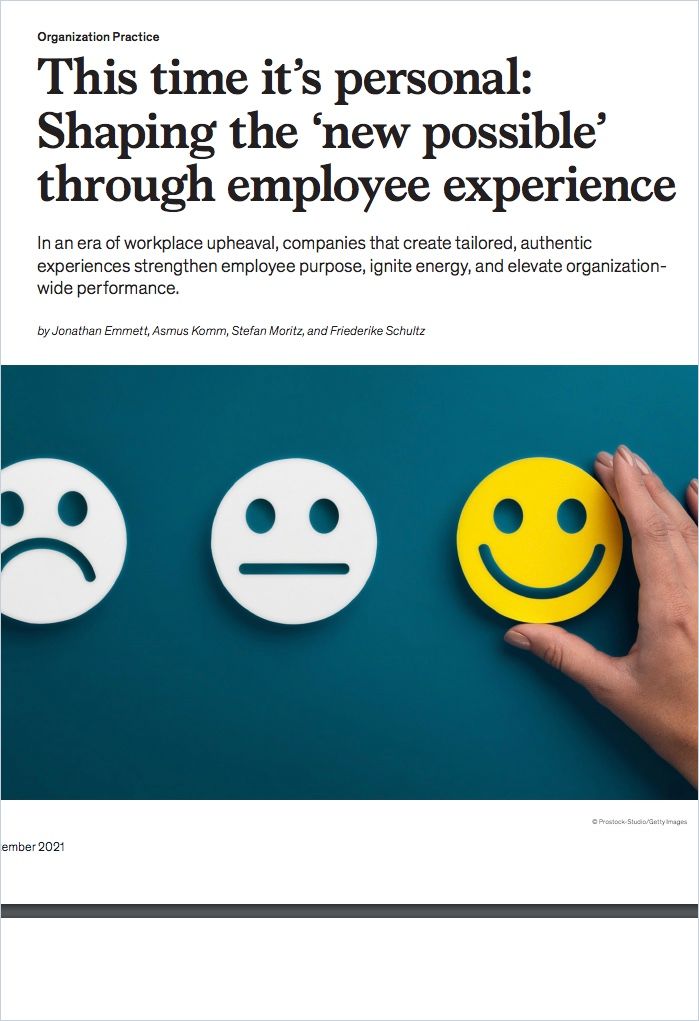
In other words: It’s not only what you curate but how you curate it. Effective content curation requires a deep understanding of the target audience and their needs. So, consider the learners’ backgrounds, roles, learning preferences, and skill levels. Conduct needs assessments, surveys, or interviews to gather employee insights and feedback.
Craft authentic content that speaks to your audience’s needs and aspirations, inspires growth and ignites curiosity.
Jasminka Skrlec, Learning Engagement Lead at Diageo
The “5 Moments of Need” model from learning experts Bob Mosher and Conrad A. Gottfredson can help you identify that moment when workers will benefit from receiving learning just in time to apply it. Such moments occur when people
- Try something for the first time
- Need more learning to do something better
- Need to apply learning on the job,
- Have to fix something that’s gone wrong, and
- When they must respond to sudden change.
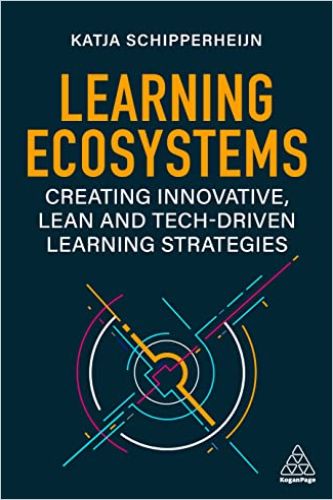
Analyzing the data to identify learning needs and preferences is vital: Making sure your curations are data-driven and based on feedback can promote diversity of thought. Keeping this in mind throughout will help develop the most impactful content for your learner. It’s helpful to realize that content curation is an ongoing process: To constantly support learners and colleagues, closely monitor the curated content’s performance, gather feedback from learners, and make necessary adjustments.
“The basis for our curation model is, among others, the ‘Seek-Sense-Share’ model by Harold Jarche,” Sven Lehmann explains. To ensure the curators are adequately trained, Siemens set up their own “Curation Enabling Process.” Lehmann states it includes an initial certification for the curator role, giving curators access to their learning platform’s backend. “It allows them to manage and publish learning content. Yet, training and enabling are ongoing: Every two weeks, we hold live curation community sessions with relevant topics, i.e., presentations on relevant issues and Q&A discussions.” At Siemens, curators must pass a re-certification process after two years at the latest.
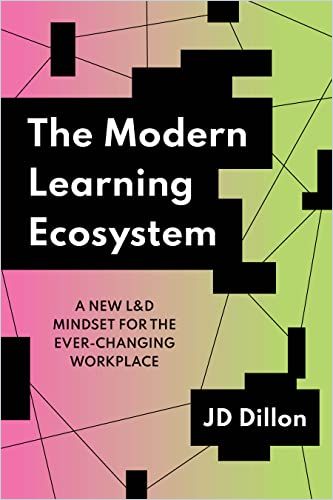
In other words, quality control at all levels is essential and never stops: It’s crucial to evaluate the effectiveness and relevance of the curated resources regularly, adding new content as needed and removing outdated or less impactful resources. A skilled curation force personalizes learning as much as possible without losing sight of the bigger picture and scalability.
The magic lies in personalization, converting curation into a transformative journey of self-discovery and self-improvement.
Jasminka Skrlec, Learning Engagement Lead at Diageo
By adhering to these rules, L&D professionals can effectively curate learning content that aligns with organizational goals, engages learners, and facilitates professional development. Find more advice on how to put knowledge into action, tell compelling learning stories and personalize your L&D ecosystem in the following Journal articles:
